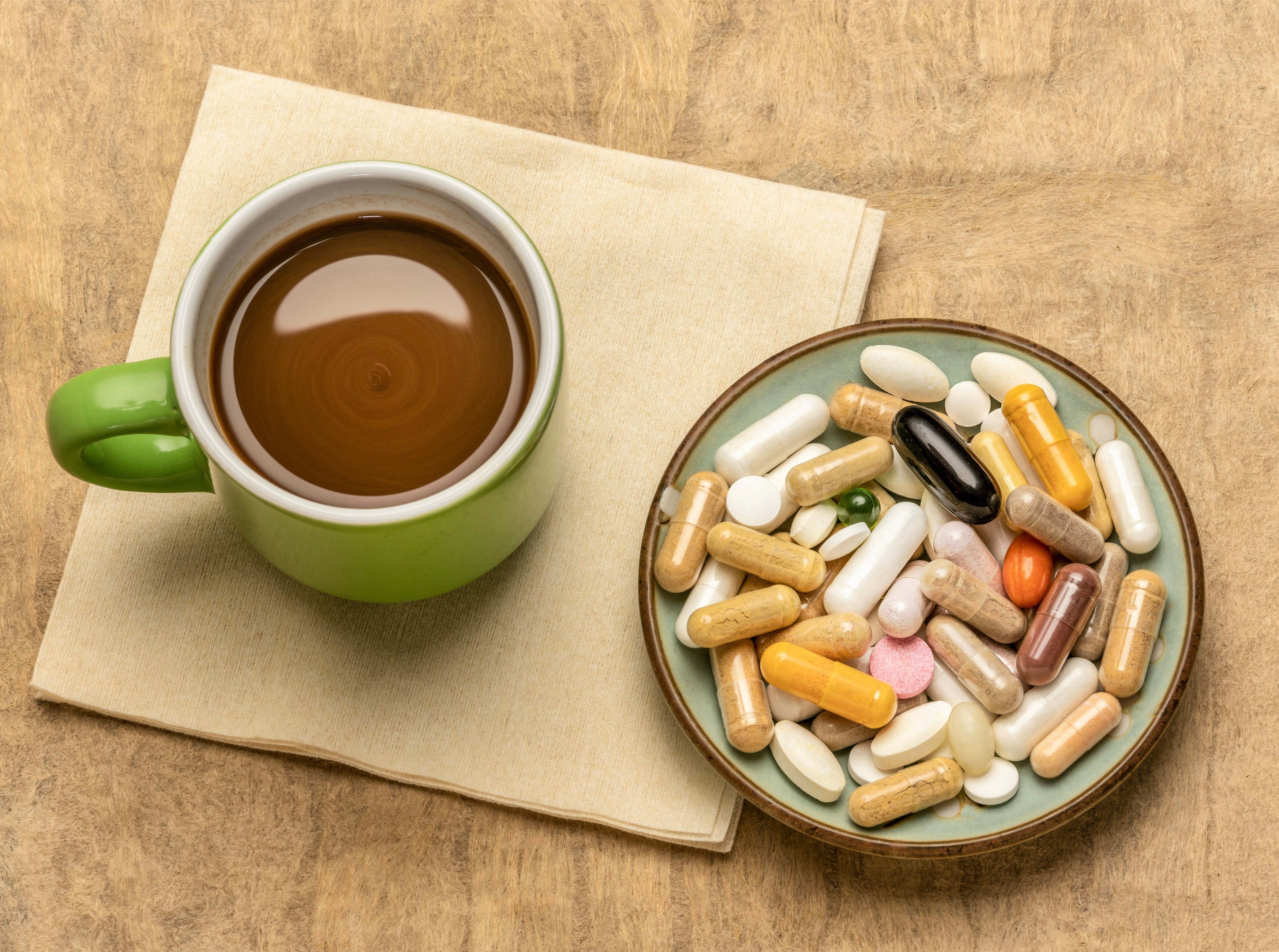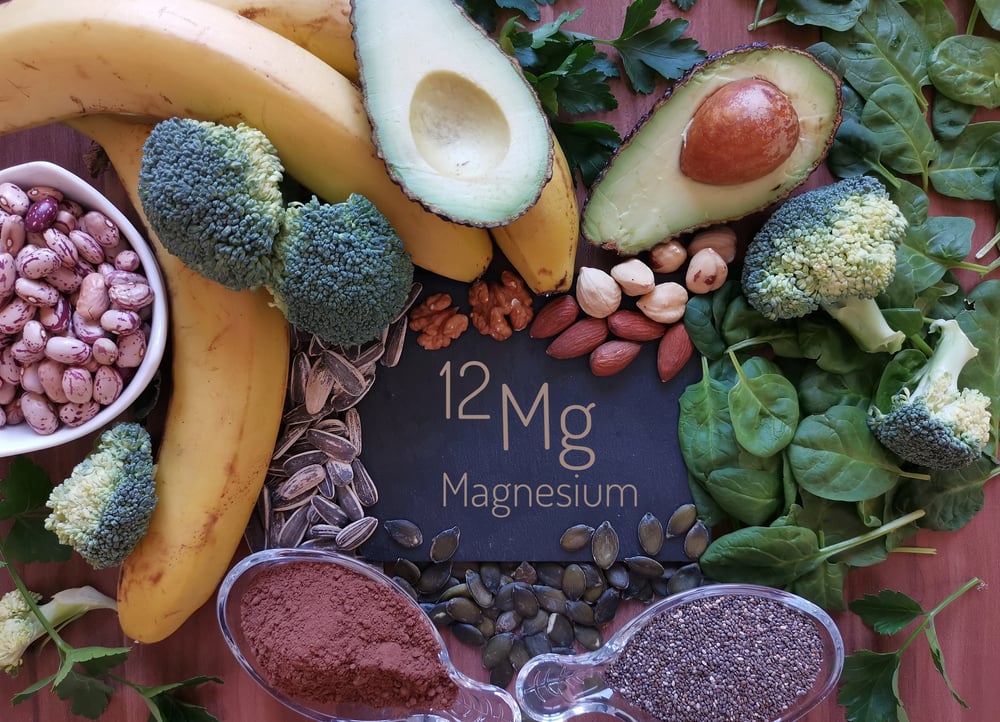Introduction
We all know that our joints are important for movement. But did you know that they can also affect your overall health? That’s right—our joints are not only connected to our bones, but also to our nervous system, muscles, and tendons.
In this blog post, we will explore how your joints can affect your overall health. From pain and inflammation to arthritis and more, read on to learn more about how your joints can impact your health.
What are the different types of joints in the human body?
There are four different types of joints in the human body: fibrous, cartilaginous, synovial, and bony. Each type of joint has a different structure and function.
Fibrous joints are held together by tough, fibrous tissue. They have limited movement and are found in the skull.
Cartilaginous joints are held together by tough, flexible cartilage. They have limited movement and are found in the spine.
Synovial joints are the most common type of joint in the body. They are held together by a lubricating fluid called synovial fluid. Synovial joints have a wide range of movement and are found in the shoulders, hips, and knees.
Bony joints are held together by bones. They have limited movement and are found in the jaw.
How do joints work?
The human body is made up of a variety of different types of tissues, including bones, muscles, and joints. Joints are the places where two or more bones meet, and they play a vital role in our ability to move. Joints work by allowing our bones to move while still providing support and stability.
There are three main types of joints in the human body: ball-and-socket joints, hinge joints, and pivot joints. Ball-and-socket joints, such as the shoulder and hip joints, allow for a wide range of movement. Hinge joints, such as the elbow and knee joints, allow for movement in one plane. Pivot joints, such as the neck and caret joints, allow for rotation.
Joints are held together by a variety of different tissues, including ligaments, tendons and fascia.
What can happen when joints are not healthy?
There are many potential consequences of having unhealthy joints. This can include pain, swelling, decreased range of motion, and even joint deformity. In some cases, these problems can lead to disability. While there are many treatments available to help improve the health of joints, it is important to take steps to prevent joint problems from occurring in the first place.
There are many things you can do to keep your joints healthy. This includes maintaining a healthy weight, grounding, sunlight exposure, exercising regularly, and avoiding injury. If you have a family history of joint problems, you may also be at increased risk and may need to take extra precautions.
How can you keep your joints healthy?
There are a few things you can do to keep your joints healthy and reduce your risk of joint problems. First, you can make sure you're getting enough calcium and vitamin D. These nutrients are important for bone health, and they can help reduce your risk of osteoarthritis. You can also try to maintain a healthy weight. Excess weight puts extra strain on your joints, which can lead to joint pain and damage. Finally, you can exercise regularly. Exercise helps keep your joints flexible and strong, and it can also help reduce your risk of arthritis.
Summary
While it is commonly believed that only bones can affect your overall health, it is important to understand that your joints play a significant role as well. Your joints connect your bones and allow you to move your body. They are also responsible for bearing the weight of your body and protecting your bones. When your joints are healthy, they allow you to move freely and without pain. However, when they are damaged, it can cause pain and restricted movement.












